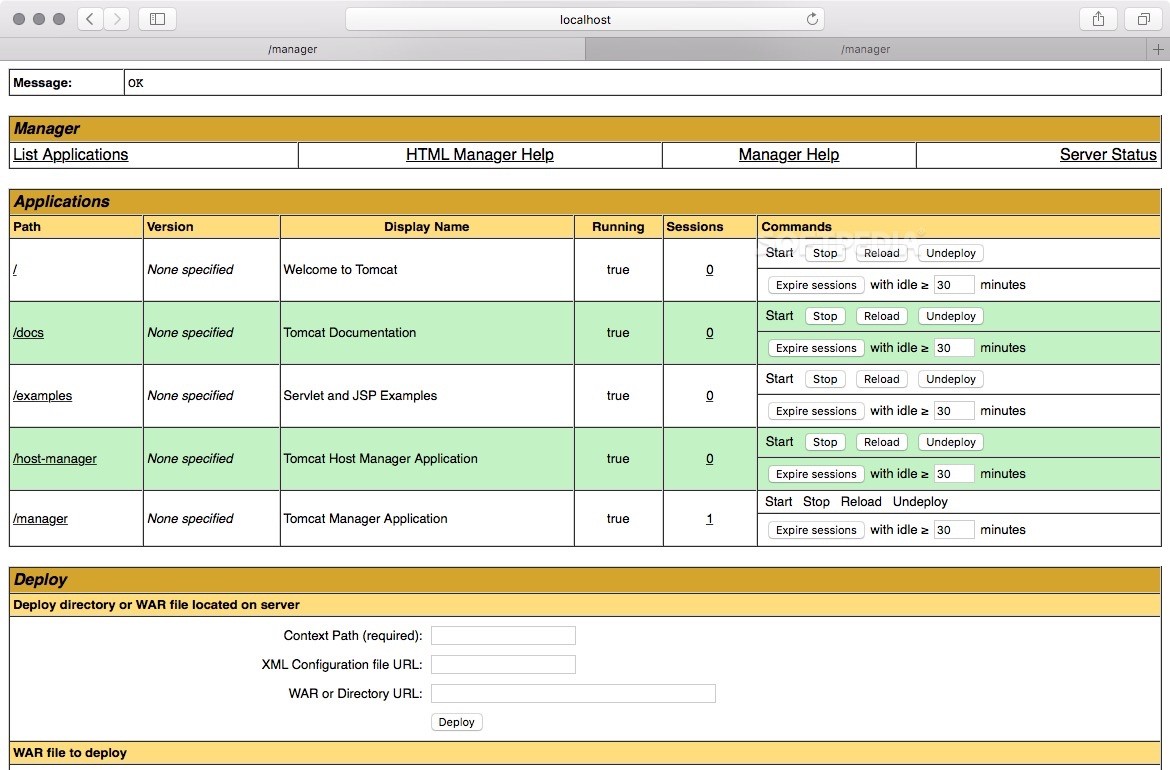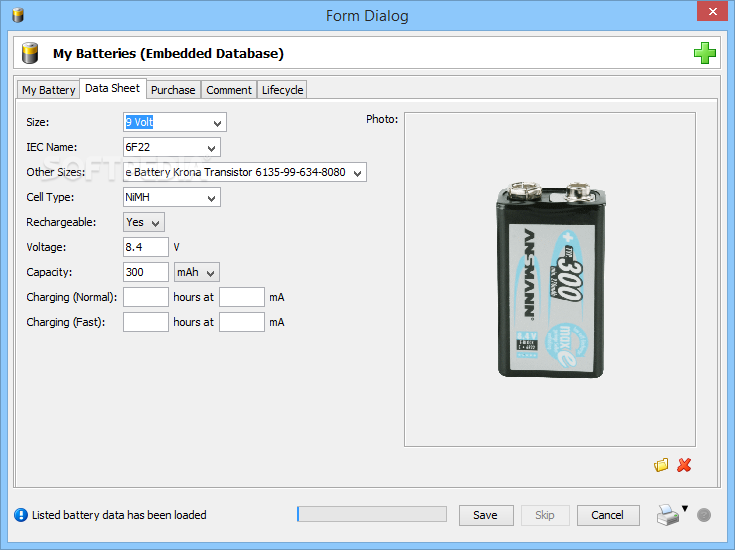Download a binary distribution of the core module: apache-tomcat-9.0.40 from here. I picked the tar.gz in Binary Distributions Core section. Opening/unarchiving the archive will create a new folder structure in your Downloads folder: (btw, this free Unarchiver app is perfect for all kinds of compressed files and superior to the built-in Archive. Apache Tomcat is a free and open source web server specially made to help you deploy and use a reliable Java platform for your web applications. A “pure Java” HTTP web server environment for your Java code. Apache Tomcat implements the Java Servlet along. What's new in Apache Tomcat 10.0.7: Improve robustness of HTTP/2 HPACK decoding. Improvements to the handling of the Transfer-Encoding header. Review code used to generate Java source from JSPs and tags and remove code found to be unnecessary. Read the full changelog.
∟Tomcat 7 Installation on Windows Systems
∟Downloading and Installing Tomcat 7
This section provides a tutorial example on how to download and install Apache Tomcat 7 on a Windows 7 local system. Tomcat 7 requires JDK 1.6.0.
If you want to learn JSP (JavaServer Page) technology, you should download and install Apache Tomcat on your local machine, so that you use it test your JSP pages. Here is what I did to download and install Apache Tomcat 7.0.32 on my Windows 7 local computer.
1. Visit Apache Tomcat home page with a Web browser, and click the 'Download' link under the 'Tomcat 7.0.32 Released' section. You will see the 'Tomcat 7 Downloads' page.
2. Click '32-bit Windows zip' link under 'Binary Distributions' section. You will see the download file save dialog box.
3. Use the 'Save file' option to save the download file 'apache-tomcat-7.0.32-windows-x86.zip' to a temporary folder.
4. Unzip 'apache-tomcat-7.0.32-windows-x86.zip' to file installation folder localapache-tomcat-7.0.32.
5. Try to start Tomcat server by running the 'startup' command in a command line window:
6. To fix the missing environment variable, CATALINA_HOME, I used the 'set' command:
7. To fix the second missing environment variable, JRE_HOME, I need to find the path name where Java is installed. By looking the default Java folder, I see JDK 1.7.0_07 is installed on my local system:
8. Based on the documentation, Tomcat 7 requires JDK 1.6.0. So I am ready to set 'JRE_HOME' and run the 'startup' command again:
I think my Tomcat 7 installation is completed now. See the next section on how to start the Tomcat 7 server properly.
Last update: 2012.
Table of Contents
About This Book
JSP (JavaServer Pages) Overview
►Tomcat 7 Installation on Windows Systems

►Downloading and Installing Tomcat 7
Launching Tomcat 7 Server


Verifying Tomcat 7 Server
Setting Up Tomcat 7 Server Admin Access
Reviewing Tomcat 7 Server Status Page
Tomcat Web Application Manager
My First HTML Page - hello.html
My First JSP Page - hello.jsp
JSP Scripting Elements
Java Servlet Introduction
JSP Implicit Objects
Syntax of JSP Pages and JSP Documents
JSP Application Session
Managing Cookies in JSP Pages
JavaBean Objects and 'useBean' Action Elements
Managing HTTP Response Header Lines

Non-ASCII Characters Support in JSP Pages
Performance of JSP Pages
EL (Expression Language)
Overview of JSTL (JSP Standard Tag Libraries)
JSTL Core Library
JSP Custom Tags

JSP Java Tag Interface
Custom Tag Attributes
Multiple Tags Working Together
File Upload Test Application
Apache Tomcat 7 Download For Mac Os
Outdated Tutorials
References
Tomcat 7 Download Exe File
PDF Printing Version